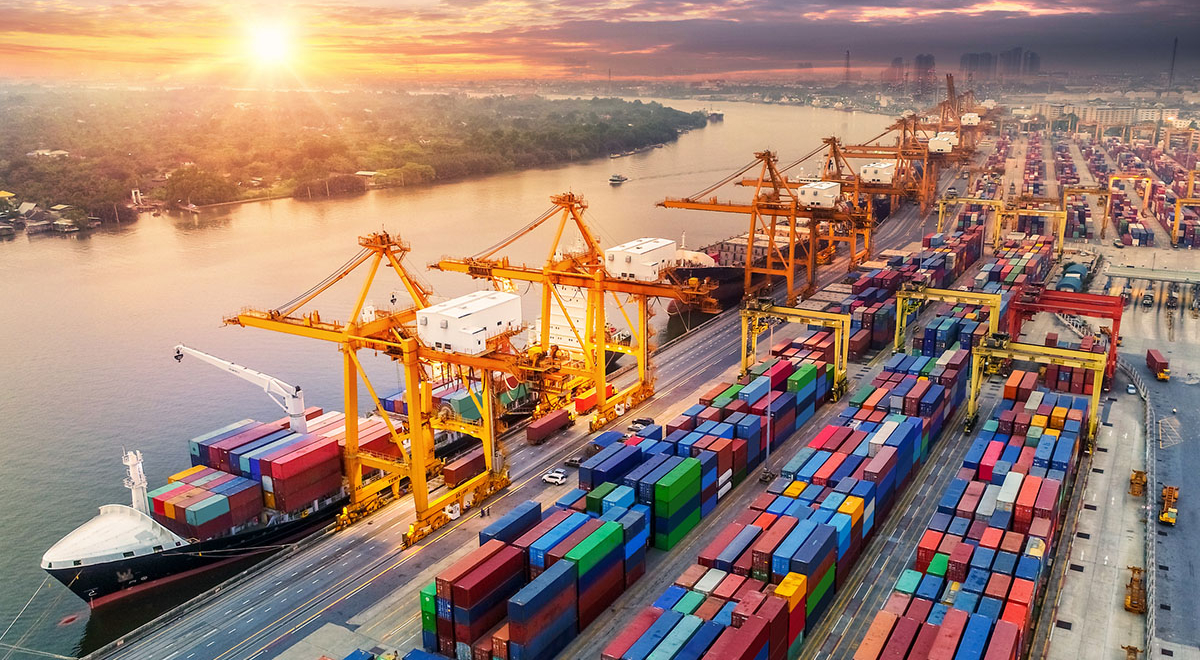Waste Not Want Not: Managing Supply Chain Risk in a Trade War

Between import tariffs and new export restrictions from China, it’s harder than ever to anticipate supply chain stability for critical materials. Government, industry, and downstream consumers need uninterrupted supply of germanium, antimony, yttrium, titanium, and other minerals with unique properties for the technologies on which the modern world is built. With trade policy changing faster than capital investments and research and development, there’s an acute need to explore all potential sources of supply.
Toffler Associates is helping a Department of Defense client explore an unconventional alternative: waste. By recovering critical materials from items that would otherwise be trashed or sold on to scrap dealers, our client is investing in resiliency against the shock of critical material shortfalls.
Recovering an Old Idea
Recycling is not new. Industry recovers and reuses large proportions of plastic, aluminum, lead, copper, and platinum-group metals. These circular economies, though, are decentralized and feed output onto an open commodity market, often as feedstock for manufacturers overseas. That simple and economical approach is inadequate for a world of strategic competition, where governments restrict the flow of resources in order to set back strategically-important industries. It’s not enough to ensure materials are recycled; to secure the supply chain, government and industry must ensure that output is retained onshore and strategically allocated to alleviate supply chain pressure. This requires new, more complicated relationships between supply chain partners, and new means of auditing.
If done right, resource recovery allows consumers to serve as their own source of supply. The viability of any resource recovery program, though, lies on a curve defined by the cost of processing and the value of outputs.
Bending the Cost Curve
Toffler Associates has identified drivers of change that are expanding the envelope of viable circular economies.
Rising demand and unstable supply are increasing the value of a wide variety of materials. The spot price of antimony, for example, rose last year by more than 50% to an all-time high. Antimony is often recycled as part of the lead smelting process, but there is no meaningful effort to recover the huge amount of antimony embodied in waste plastics such as PVC. As supply constricts, there is new research emerging to support recovery from a wide array of applications.
A caveat: no pattern is fixed. Surging lithium demand in the electric vehicle (EV) industry motivated a decade of research into means of recovering the metal from discarded batteries. But new sources of supply and shrinking EV demand drove the price of lithium down by 80% over the past three years. Meanwhile, waste EV batteries are in demand as grid storage, raising their cost as a recycling feedstock. As a result, there is reduced urgency to develop a full-scale recycling program.
On the processing side, advancements in materials science are reducing the costs of recovering materials. For example, new directed energy applications reduce the cost of converting scrap titanium to high-quality additive manufacturing feedstock. Rare earth elements, a group of elements with unique material properties that are exceedingly difficult to refine from ore or waste, are seeing new investments in technologies that reduce the need for harsh chemicals in the recycling process. Ultimately, any material can be separated from any other with sufficient energy input, so patterns in energy prices are an important driver in the viability of resource recovery. In an energy-abundant future, near-total recovery of a wide variety of materials could be commonplace.
Navigating Uncertainty
These drivers of change matter because investment in resource recovery, as in any industrial process, has significant fixed costs. Resource recovery may not, in many cases, be the most efficient investment to secure the supply chain. As a source of supply, recycling is always in competition with not just new production but with substitution. Unique as the material properties of critical materials may be, there could be design choices that can be made to reduce demand, or new materials that can replicate those properties within acceptable tolerances. Chinese rare earth export restrictions on Japanese manufacturers in 2010 led to alternative materials in car-making. As the germanium supply chain now tightens, there is new scrutiny of silicon as an alternative in diodes and chalcogenide glass as an alternative in infrared optics.
Any organization with a materials supply chain, therefore, needs a future-focused assessment of how these drivers of change might interact over time across a variety of scenarios. The result should be not just a static financial model but a flexible tool that measures the relative risk of different investments in securing the supply chain. This is the sort of analysis that Toffler Associates provides to a wide range of commercial and government clients. If your organization would benefit, please reach out!

- Categories
- Latest Thinking
- Security and Resilience


 About the Authors
About the Authors